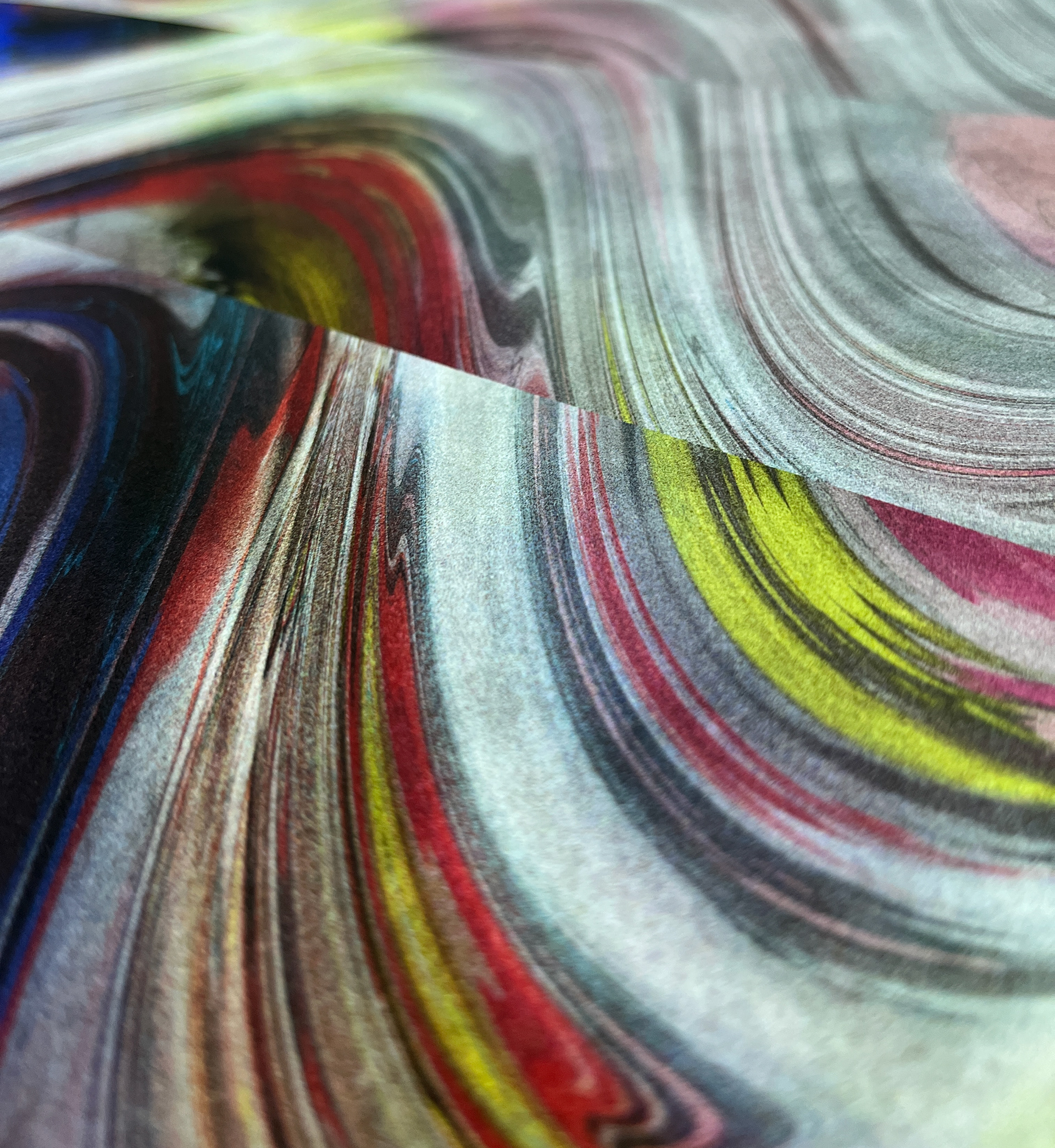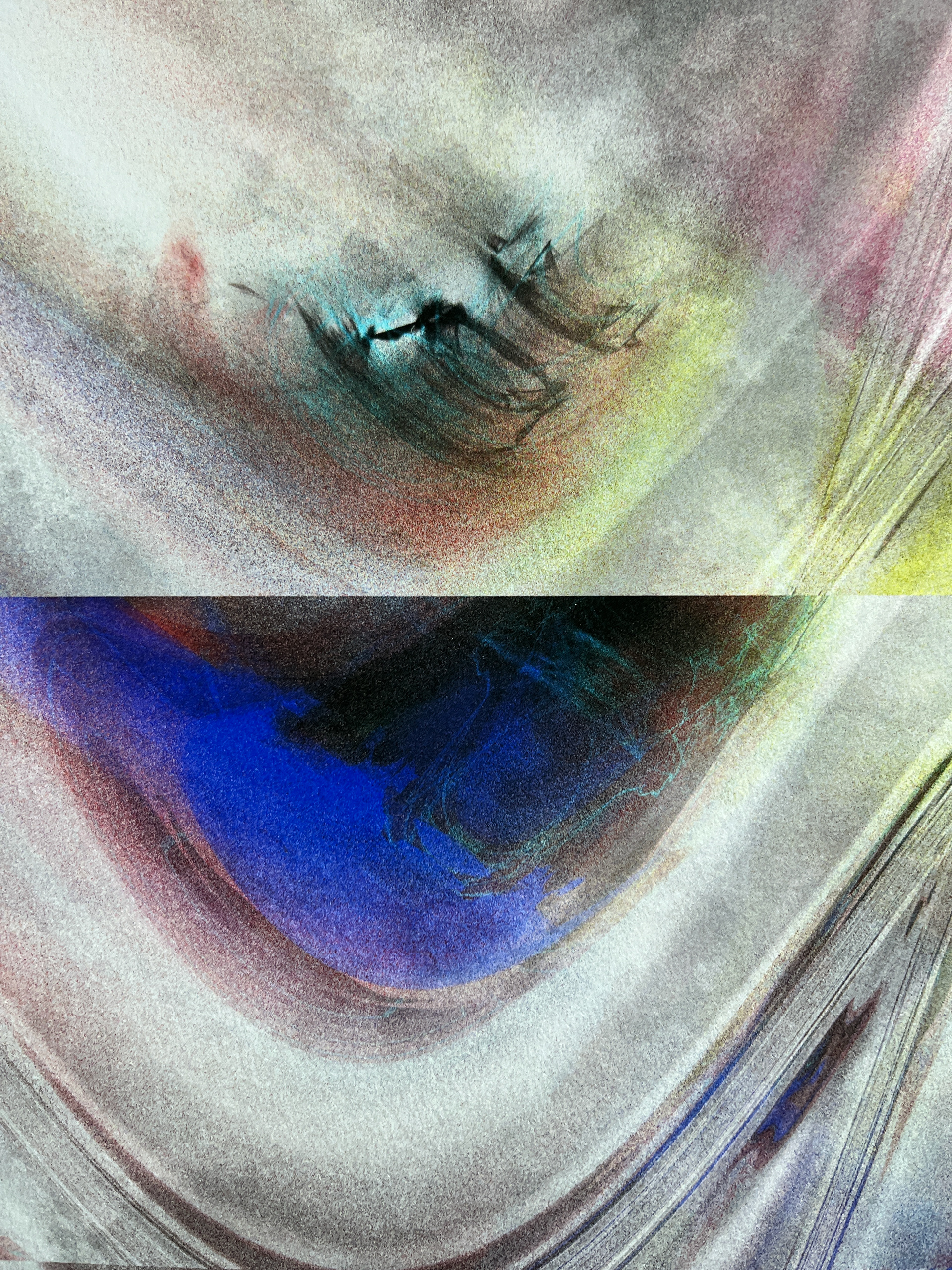These prints are physical presentations of our digitally generated artworks created through creative coding. Our exploration of digitally native textures involves generating numerous images using custom algorithms. From thousands of outputs, we carefully select and curate the most compelling ones for printing.
The transition from digitally produced pieces into physical prints provides a fascinating visual experience. Observing these intricate textures in physical form allows us to observe the subtleties and nuances that might be missed when viewed on a screen.


The process begins with generating artworks digitally through creative coding. This involves writing algorithms that produce intricate patterns and textures. These digital creations are then meticulously reviewed, and the most intriguing pieces are selected for printing. The act of printing transforms these digital pieces into tangible, adding a new layer of depth and complexity.
Our work involves collaboration between artist and machine, a balance between precision and unpredictability. The transition from digital to physical is particularly interesting as it allows us to observe and interact with the artwork in a new context. The tactile quality of printed works adds a dimension that is absent in digital displays, offering a unique perspective on the interplay between technology and art.
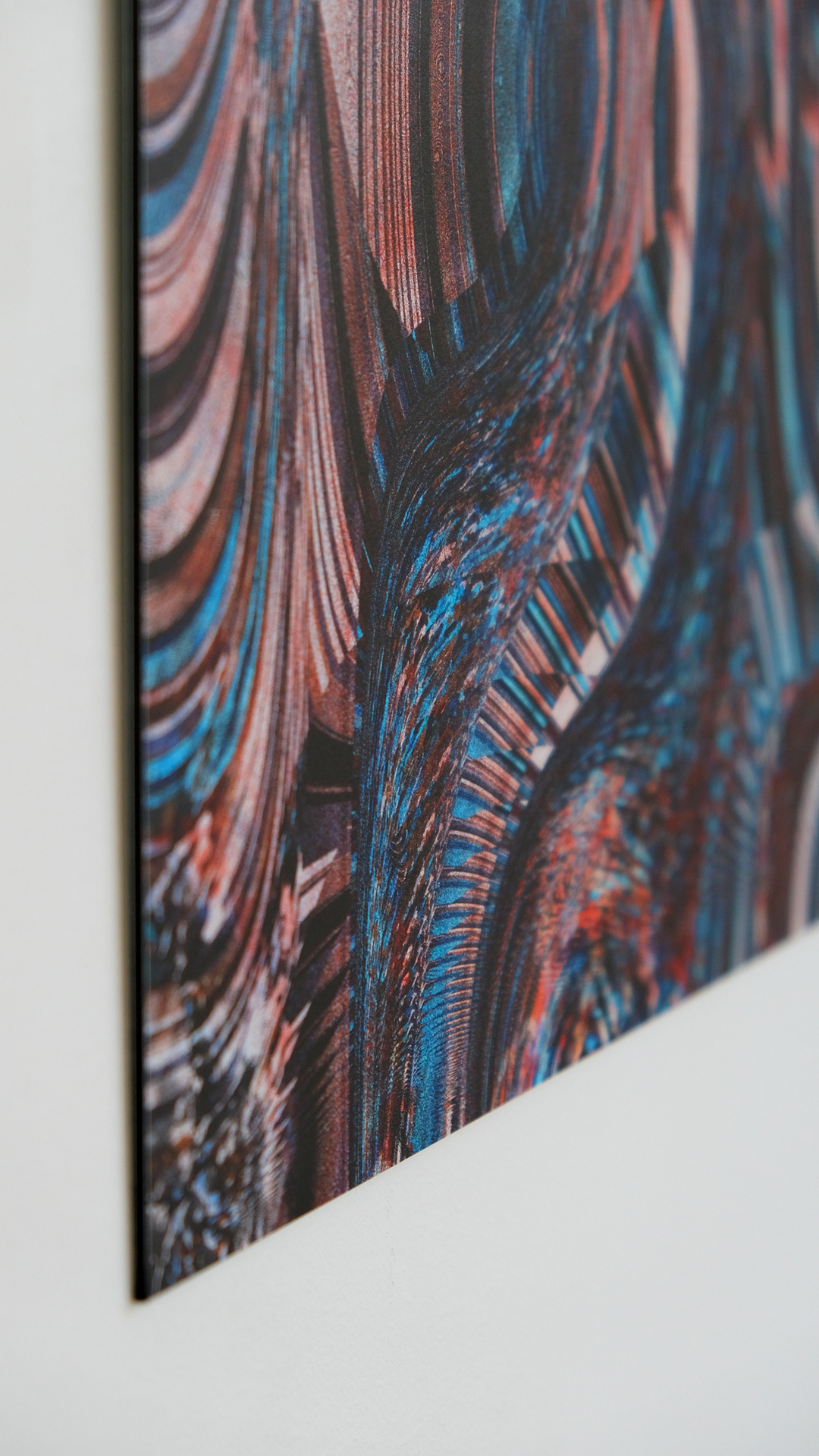
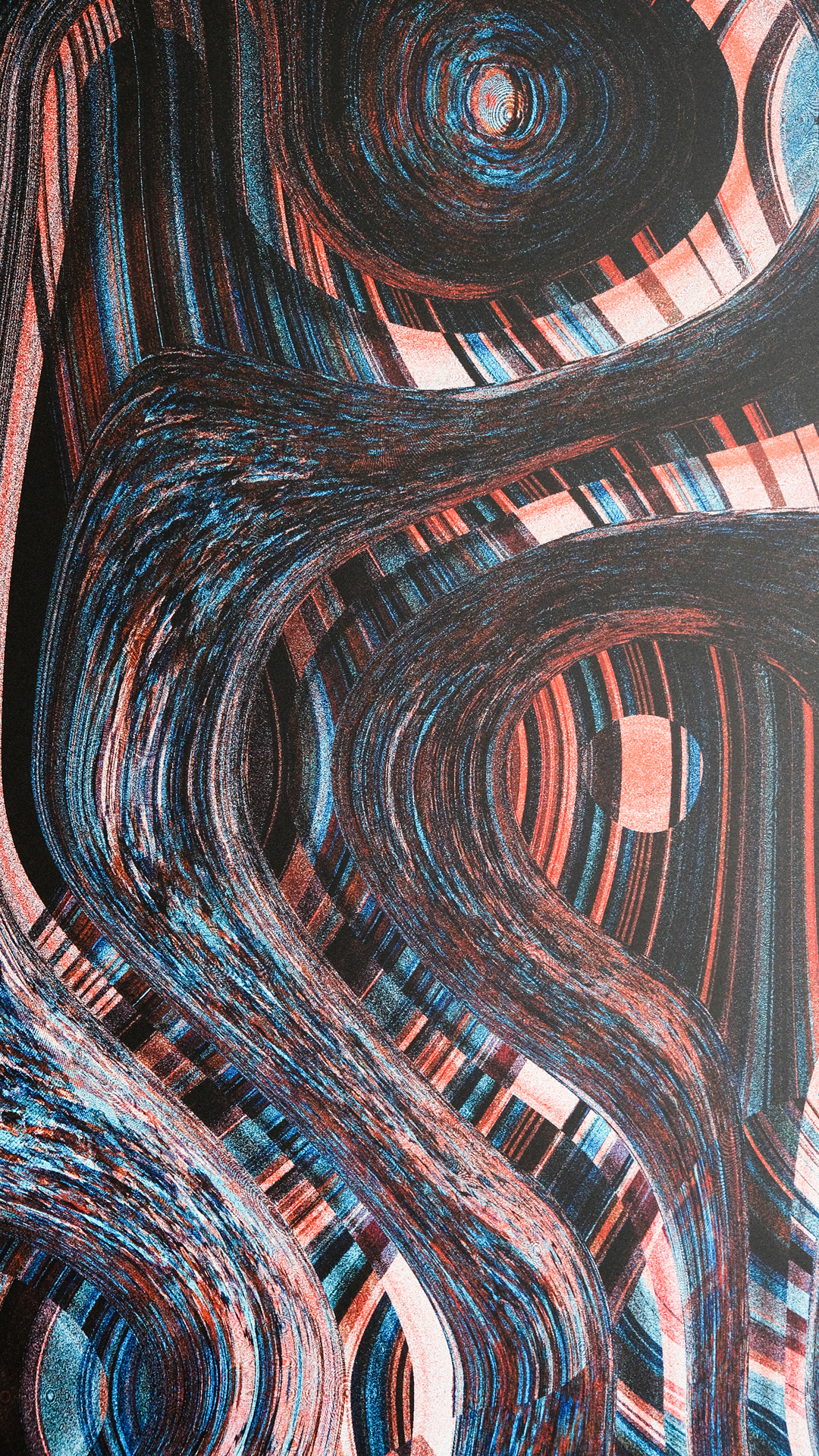
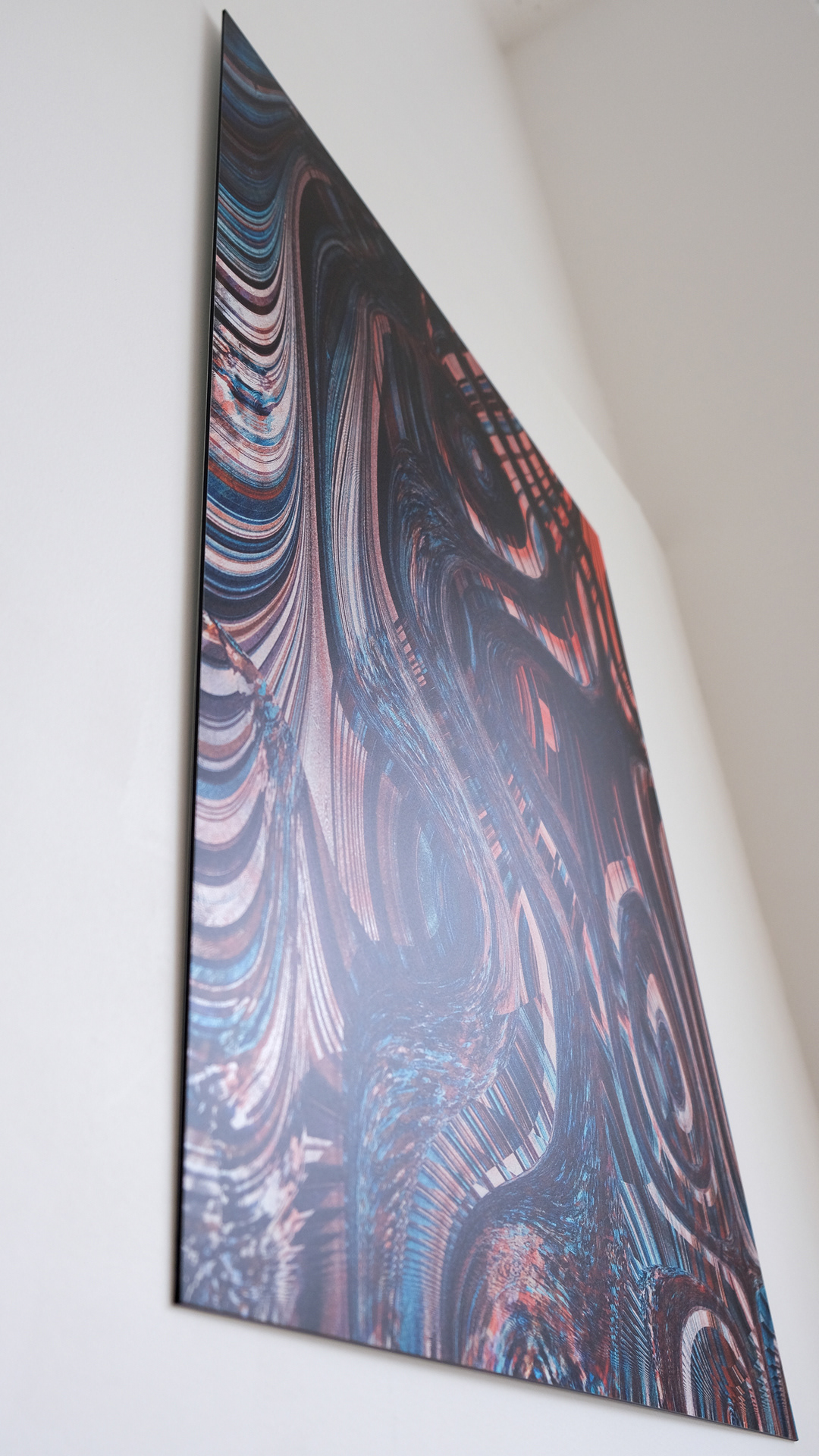



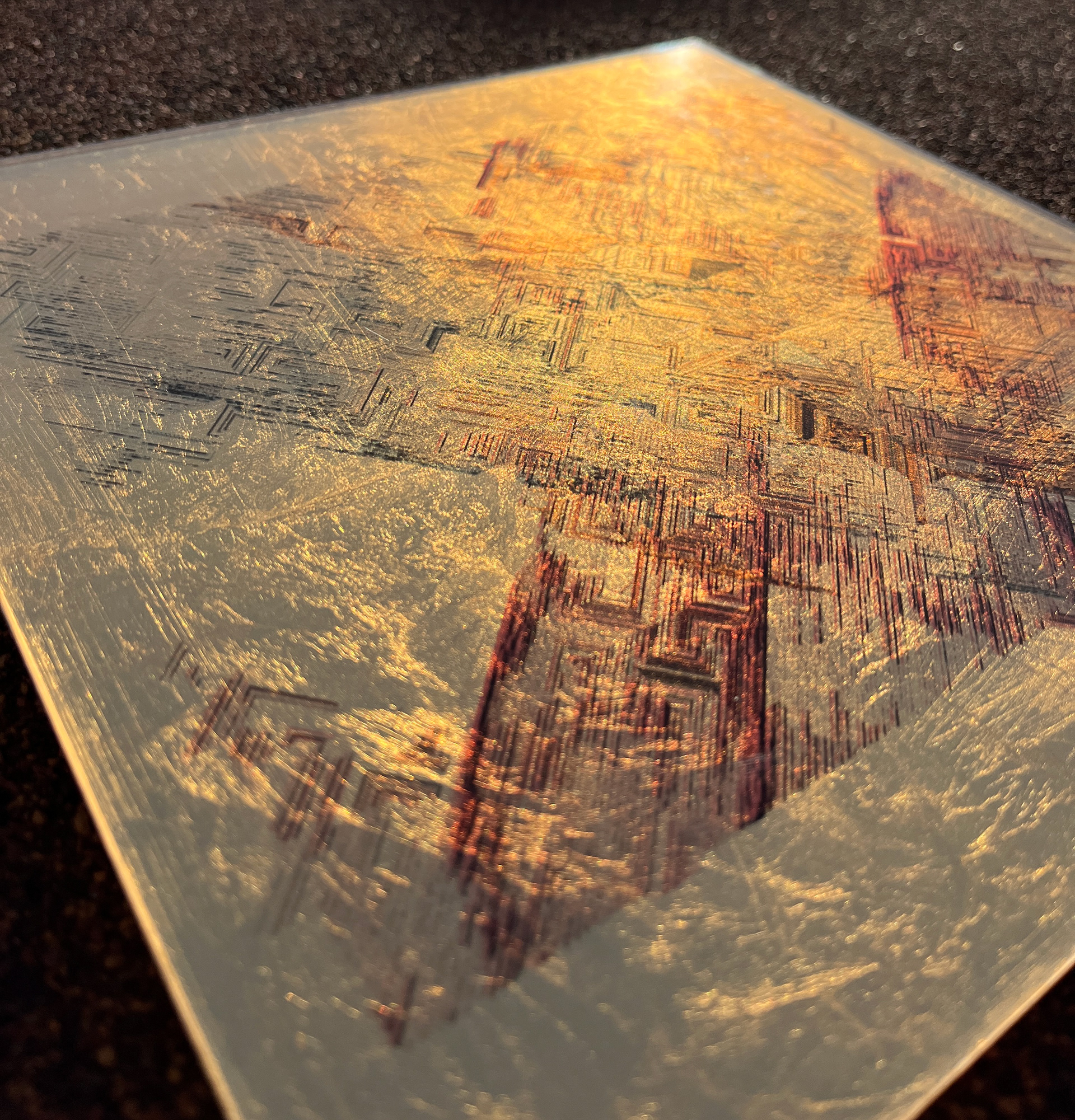
Our prints focus on experimenting with textures that are digitally native—unique to digital creation and not found in nature—, creating a space to observe and appreciate their intricacies in physical form. Each print emphasizes the beauty and innovation of digitally generated pieces, pushing boundaries in traditional notions of art and presenting an alternative approach to artistic expression. This process underscores the value of both digital techniques and the tangible experience of physical art.
In essence, our prints offer a bridge between the digital and physical worlds, inviting viewers to explore and observe the unique textures and patterns that emerge from this collaboration. By observing these works in their printed form, one can truly grasp the full extent of their complexity and beauty.
